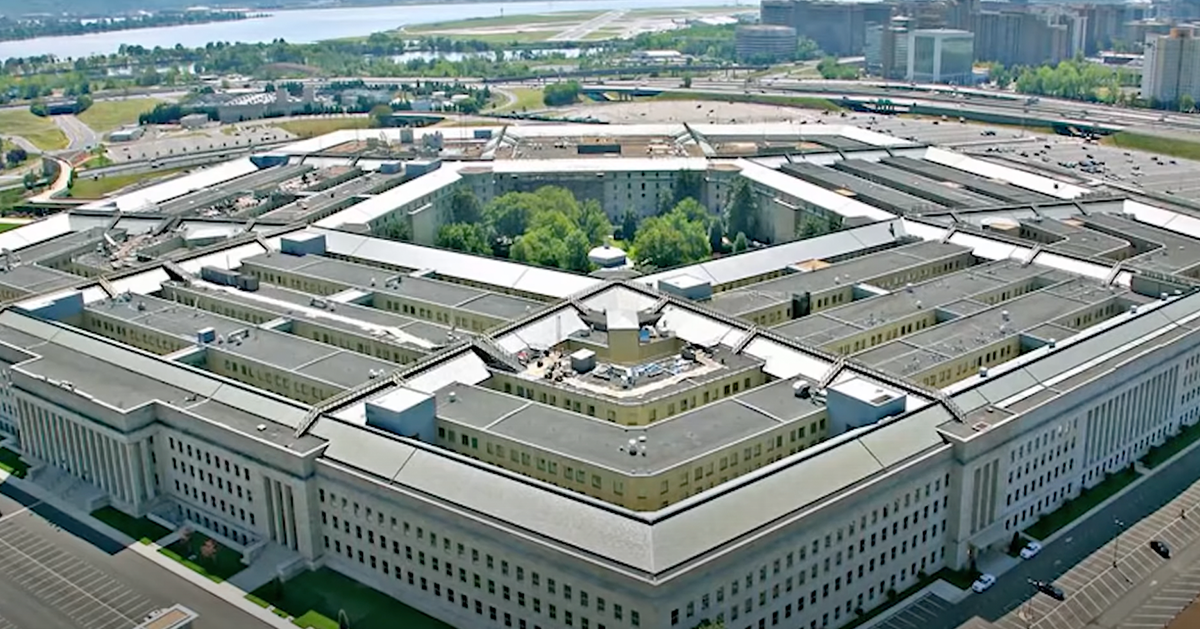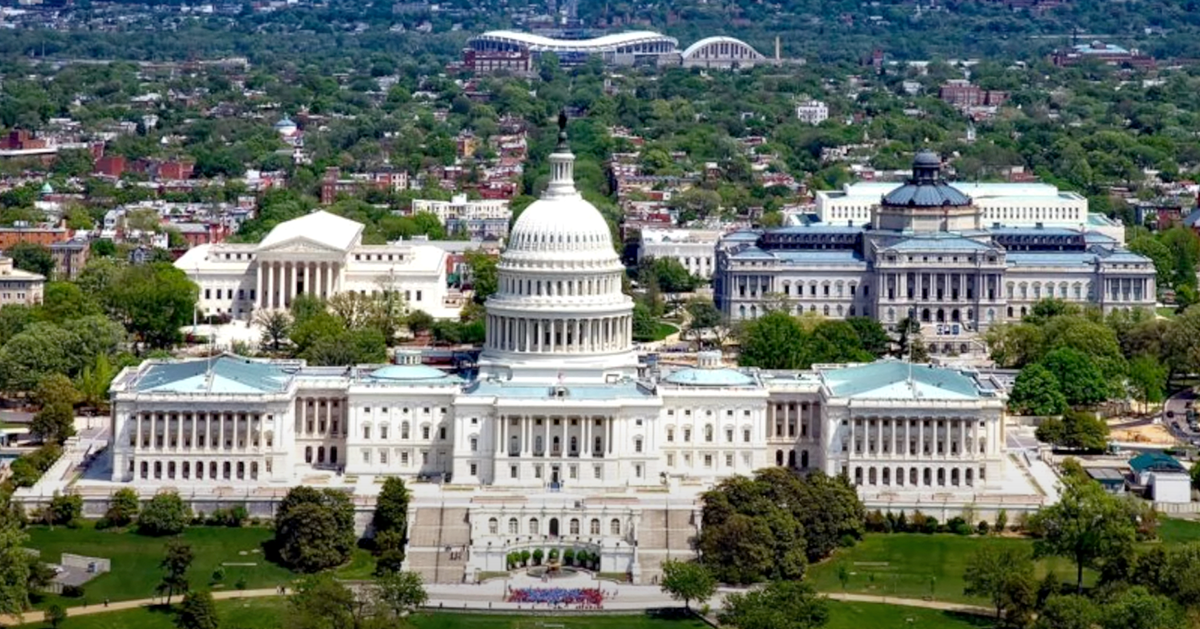Aviation tragedy over DC leaves many unanswered questions
A devastating mid-air collision over the Potomac River involving a U.S. Army Blackhawk helicopter and an American Airlines regional jet last week left no survivors.
The tragic accident near Ronald Reagan Washington National Airport claimed the lives of all service members aboard the helicopter and all 64 passengers on the commercial plane, as the Washington Examiner reports, though questions about the identity of one of the military figures involved remained unanswered as of Saturday.
The unfortunate incident occurred on Wednesday night when a UH-60 Blackhawk helicopter was conducting a routine training exercise. This exercise, crucial for government continuity, was a simulation meant to practice the emergency evacuation of U.S. leaders. As the night unfolded, the Blackhawk found itself in a deadly collision with American Airlines Flight 5342, a Bombardier CRJ700 jet.
Investigation Underway to Uncover Crash Details
Response efforts began swiftly in the crash zone, located near Ronald Reagan Washington National Airport. However, despite swift action, the collision took a heavy toll. The tragedy claimed all lives involved, notably impacting families and friends connected to the victims.
Among the deceased service members, two have been identified: Staff Sgt. Ryan Austin O’Hara, 28, and Chief Warrant Officer 2 Andrew Loyd Eaves, 39. Local and military authorities have respected the request of the third soldier’s family to withhold their identity amid this mournful period.
The body of Chief Warrant Officer Eaves still has not been recovered, adding to the sorrow of this event. Recovery efforts continue alongside investigations by key authorities, with agencies such as the National Transportation Safety Board (NTSB) and the Federal Aviation Administration (FAA) collaborating to determine what went wrong.
Concerns Raised Over Flight Regulations
Questions arose regarding compliance with flight regulations during the Blackhawk's mission. As the probe continues, discussions have centered on potential altitude violations, especially considering the proximity to the airport.
President Donald Trump has pointed out that the helicopter may have been flying significantly above the regulated altitude for such training exercises. “The Blackhawk helicopter was flying too high, by a lot,” the former president asserted, underscoring concerns about adherence to prescribed altitude limits during these missions.
Bradley Bowman, a former Blackhawk pilot, elaborated on the potential implications of altitude mismanagement. He speculated that being above 200 feet, potentially surpassing 300 feet, could have contributed critically to the disaster. However, Bowman noted that confirmation of such an altitude during the flight has not been established.
Military and Aviation Community Reacts
Addressing public concern, Bowman shared insights based on personal experience. "When I would be flying there," he recalled, "if me or my co-pilot let us drift up," immediate corrections or communications would be essential, reflecting standard operational practices meant to prevent tragedies.
The response from the military community has been somber yet determined. Maj. Gen. Trevor J. Bredenkamp expressed condolences, pledging complete support in the recovery efforts.
"Our deepest condolences go out to all the families," Maj. Gen. Bredenkamp communicated. He emphasized the Army's commitment to cooperate with the NTSB, FAA, and other bodies engaged in discovering the crash's root causes.
Striving for Answers Amid Mourning
The aviation industry and regulatory entities are pooling resources to ensure a comprehensive inquiry. The investigation seeks to address the latitude and possible deviations in the altitude of the ill-fated mission.
Though the specifics of air control management during these particular flights remain uncertain, emphasis has been placed on reviewing procedural protocols. Understanding the dynamics between government training exercises and civilian air traffic is vital.
This tragic event not only underscores the complexity of military and civilian aviation cohabitation but also highlights the critical nature of strict adherence to procedural regulations designed to prevent catastrophe.
Preserving Memory and Promoting Safety
As families and friends mourn their loved ones, collective efforts will focus on ensuring safety improvements. Such steps are essential to honoring the departed and safeguarding future operations in such a high-traffic airspace.
The disaster poses an urgent call to action for ongoing assessment and potential reworking of training and flight planning, especially in shared environments like those near major airports.
In the wake of this loss, the commitment to understanding the mechanics behind the crash and enhancing safety standards remains paramount. As investigations unfold, the primary objective lies in preventing a recurrence of such a harrowing ordeal.






